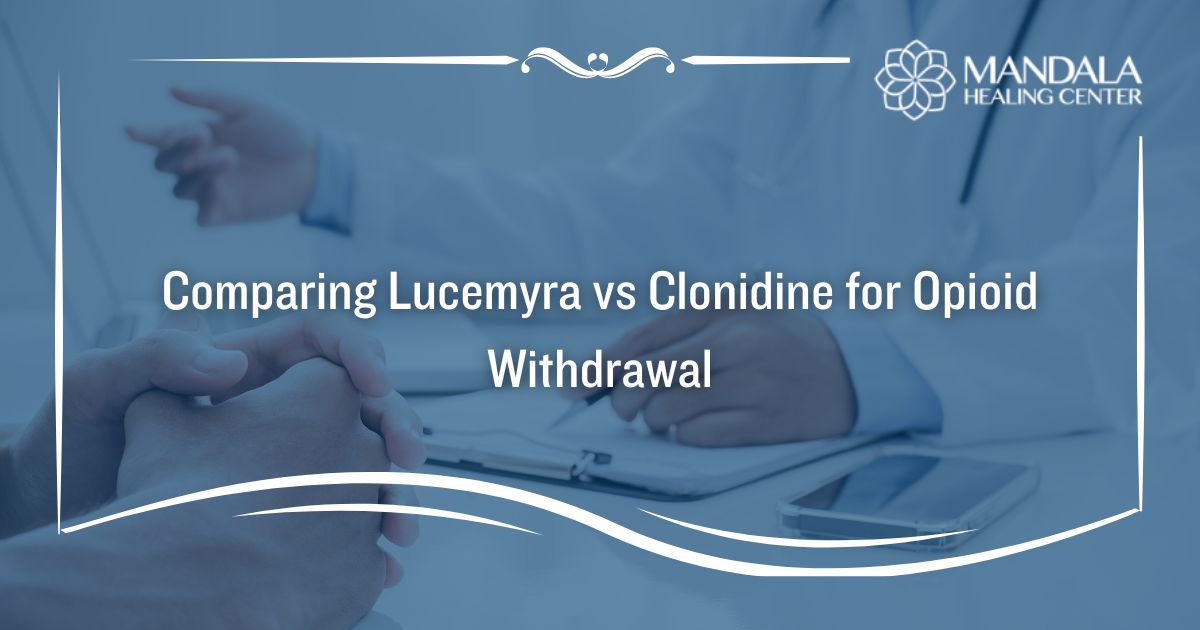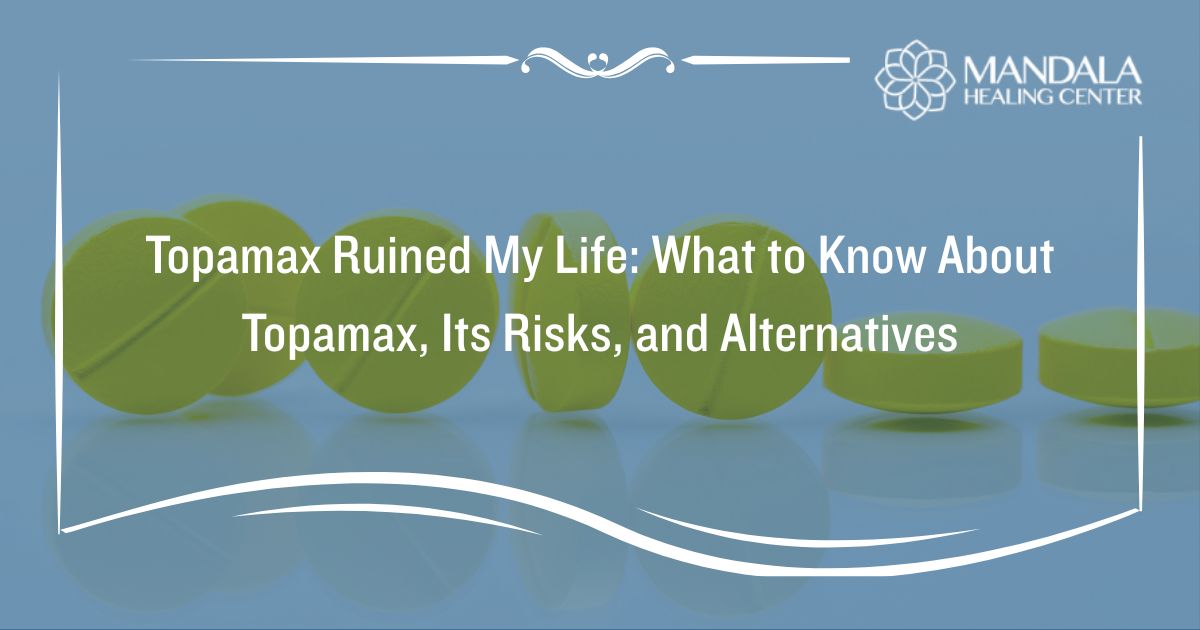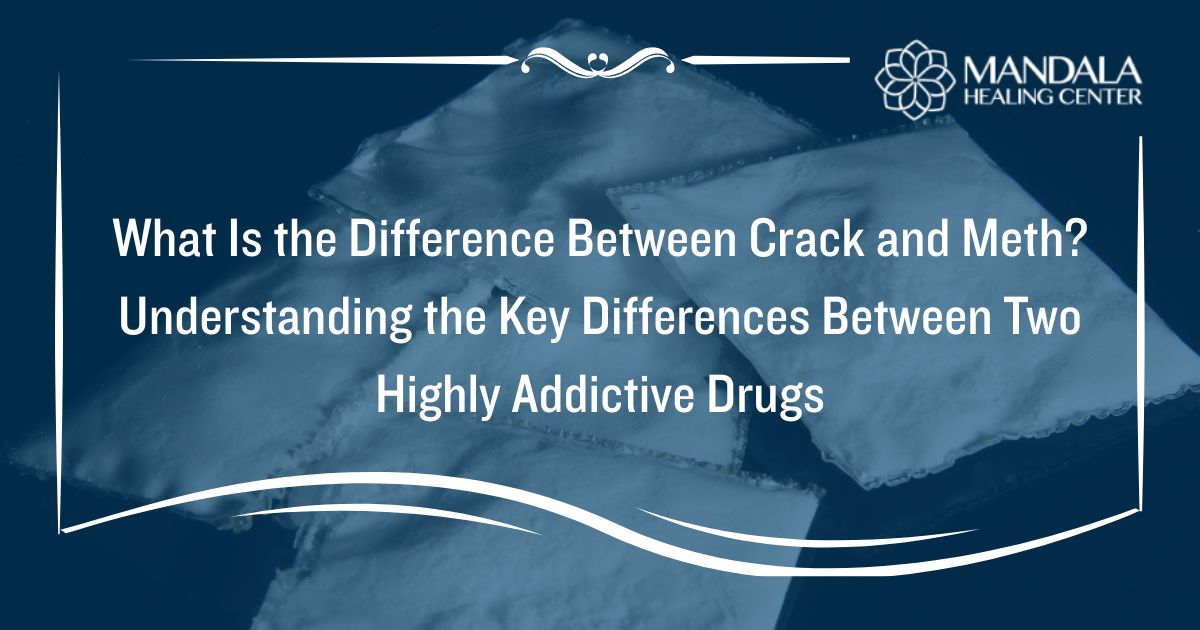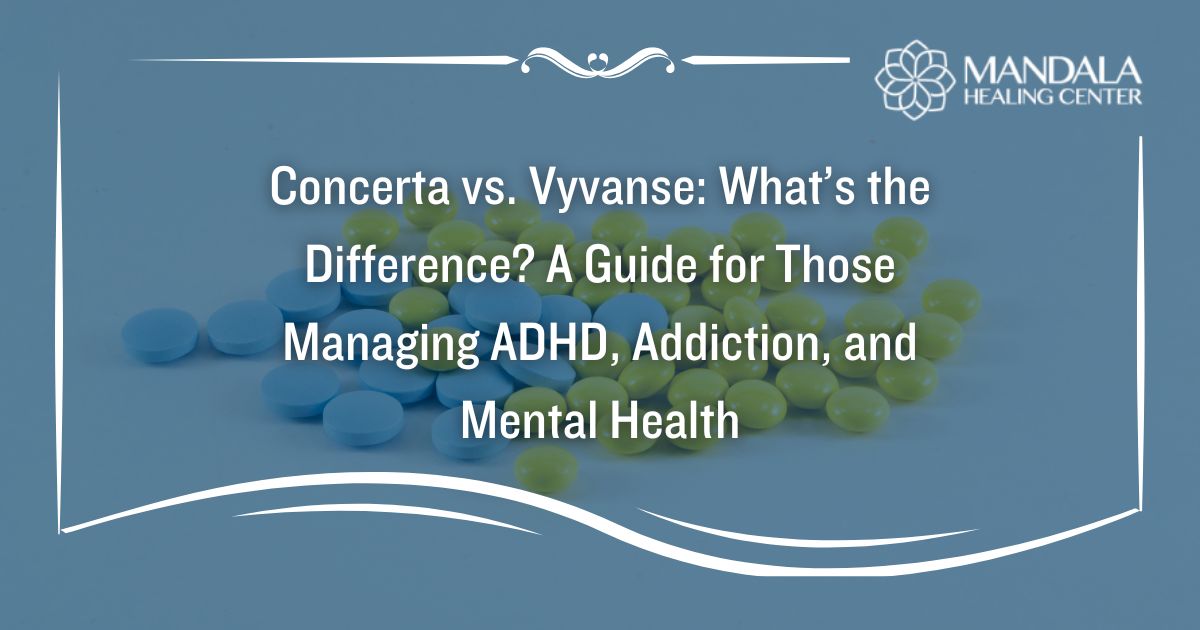Opioid addiction is a serious problem in the United States. According to the National Institute of Drug Abuse (NIDA), opioid overdose deaths rose from 68,630 in 2020 to 80,411 in 2021.[1]
Whether you are abusing prescription opioids that come from a doctor or illicit forms of opioids like heroin and illegally manufactured fentanyl, you will experience symptoms of withdrawal when you stop taking them. While opioid withdrawal is usually not life-threatening, the symptoms can become extremely dangerous without proper treatment. In other words, you should always seek treatment from a medical detox center when coming off of opioid drugs.
Opioid withdrawal is usually treated with medications that limit the symptoms and keep you safe from severe medical complications. Two of the most commonly used medications are Lucemyra (lofexidine) and clonidine.
What is Lucemyra (Lofexidine)?
When you stop taking an opioid suddenly after a period of dependency, you will experience withdrawal symptoms. Oftentimes, opioid withdrawal is treated using alternative opioid medications like methadone. Unfortunately, it is possible to become addicted to these substances.
Lucemyra is the brand name for lofexidine, the first non-opioid medication that has been approved by the FDA to treat opioid withdrawal symptoms. It is an alpha-adrenergic agonist and an analog of clonidine.[2] Using Lucemyra removes the concern about becoming addicted to your detox medication.
When you are using Lucemyra for opioid withdrawal treatment, you will be given the tablet 4 times a day for about 5 to 7 days depending on your needs. This substance is used as a taper, which means your doctor will slowly reduce your dose until you no longer need the medication.
What is Clonidine?
Like Lucemyra, clonidine is an alpha-adrenergic agonist instead of an opioid. It is typically used to treat high blood pressure. It is also non-addictive and effective in managing the symptoms of opioid withdrawal. Clonidine can rapidly suppress the symptoms of opioid withdrawal, helps patients overcome their symptoms in under 14 days, and has a high rate of success.[3]
While clonidine works similarly to Lucemyra, it is not currently approved by the FDA for opioid detox. However, it is commonly used off-label to treat opioid withdrawal symptoms.
Is Lucemyra or Clonidine Better for Managing Opioid Withdrawal?
Both Lucemyra and clonidine have been proven effective in managing the symptoms of opioid withdrawal. But which medication is better?
While each of these substances can provide you with the relief you need from opioid withdrawal, there are some differences to be aware of. According to some clinical studies, twice as many adverse effects were reported by the group using clonidine.[4] During this study, the common adverse effects of clonidine reported include sedation, lethargy, and hypotension.
Though clonidine can cause more adverse side effects, Lucemyra is known to cause a wide range of side effects as well. For example, Lucemyra may cause hypotension, bradycardia, dizziness, somnolence, sedation, and dry mouth.[4]
While Lucemyra might produce adverse side effects less often than clonidine, both are equally effective in managing the symptoms of opioid withdrawal. As a result, your doctor will assess your medical and substance abuse history to determine what route of opioid withdrawal treatment is best for you.
Signs That You Need Medical Detox for Opioid Addiction
If you are addicted to an opioid drug, you will require medical detox services. Unfortunately, sometimes it can be difficult to determine whether you are struggling with addiction because the psychological effects of addiction can make it hard to look at your symptoms objectively.
Signs that you require medical detox for opioid addiction include:
- Needing more of an opioid to experience a desired effect (building a tolerance)
- Frequently experiencing uncontrollable urges or cravings to abuse opioids
- Running out of opioid prescriptions early or going to multiple doctors to receive more than one prescription at a time
- Spending a lot of time thinking about, obtaining, and using opioids
- Continuing to use opioids despite facing mental or physical health problems
- Wanting to quit opioids but being unable to
- Having a hard time controlling how much opioids you use at once
- Continuing to use opioids despite facing problems at home, school, or work
- Experiencing symptoms of withdrawal when you can not use opioids
Get Connected With a Top-Rated Opioid Detox Center in South Florida
If you or a loved one are addicted to opioids, it’s time to seek professional help. The first step in recovery from opioid addiction is attending a medical detox center. During detox, you will receive medications and treatments to help you overcome withdrawal in a safe and comfortable setting.
To learn more about our opioid detox programs in South Florida, contact Mandala Healing Center today.
References:
- The National Institute of Drug Abuse (NIDA): Drug Overdose Death Rates, Retrieved August 2023 From https://nida.nih.gov/research-topics/trends-statistics/overdose-death-rates
- American Family Physician (AAFP): Lofexidine (Lucemyra) for Treatment of Opioid Withdrawal Symptoms, Retrieved August 2023 From https://www.aafp.org/pubs/afp/issues/2019/0315/p392.html
- The National Library of Medicine (NLM): The use of clonidine in detoxification from opiates, Retrieved August 2023 From https://pubmed.ncbi.nlm.nih.gov/6907020/
- Practical Pain Management: A Comparison of the Alpha-2-Adrenergic Receptor Agonists for Managing Opioid Withdrawal, Retrieved August 2023 From https://www.practicalpainmanagement.com/treatments/addiction-medicine/comparison-alpha-2-adrenergic-receptor-agonists-managing-opioid-withdr












